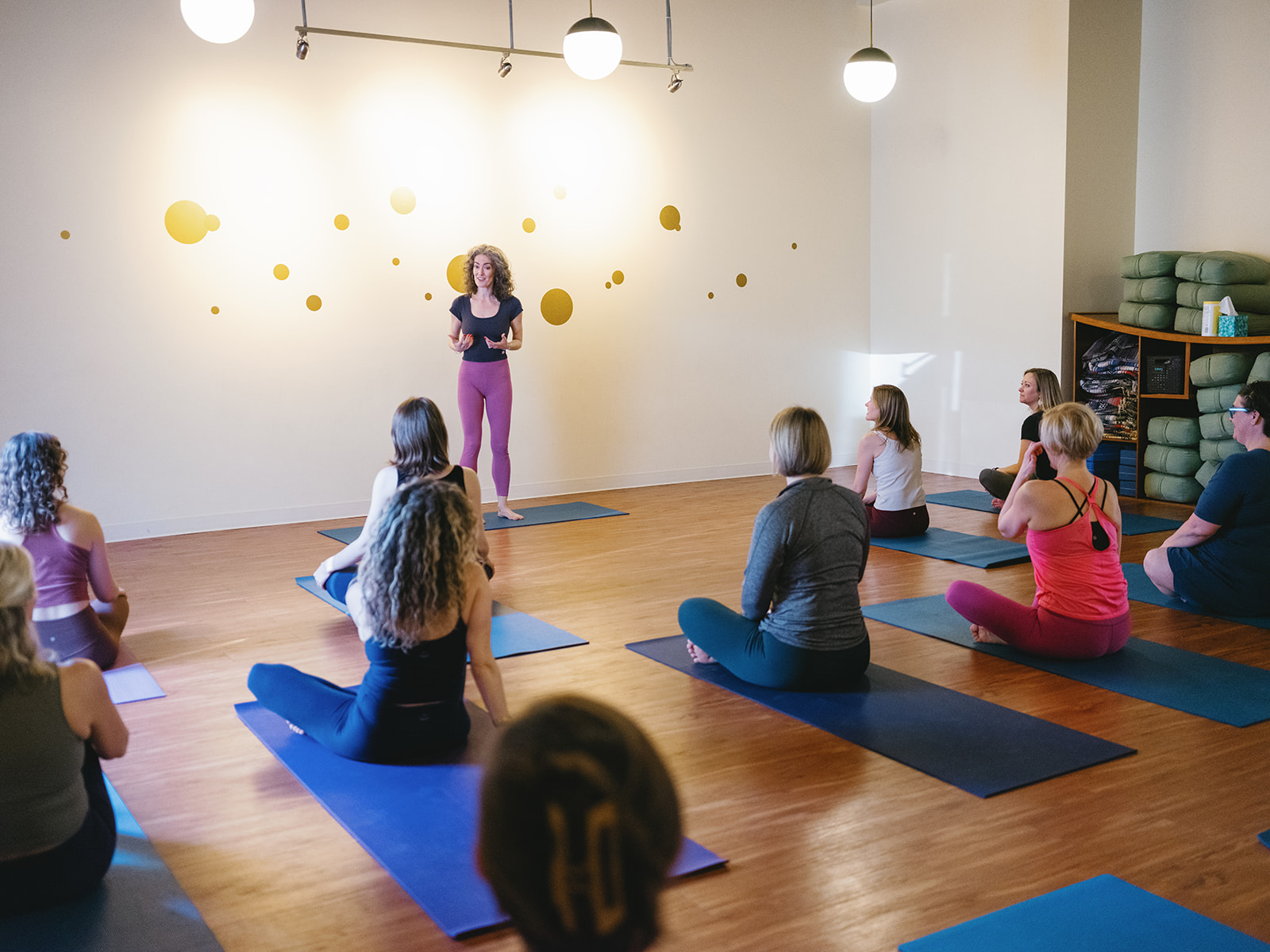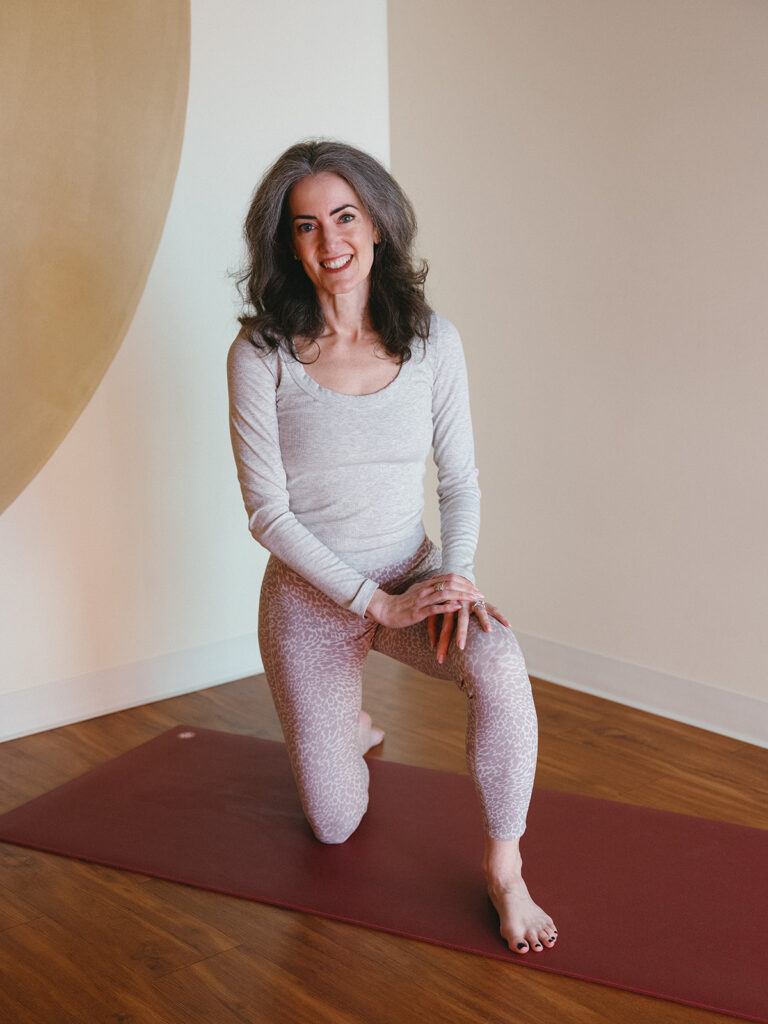Have you ever opened your drawers—or your closet—preparing to get dressed, then decide you need to get out your spinning wheel and your loom and begin by carding wool?
Or have you started to prepare a meal by heading out to the fields to thresh wheat or pick corn and head to the miller to grind it?
Gosh, I hope not! In each of these situations you’re making things way harder than they need to be!
Instead, when you’re getting dressed, you choose a top, some pants, shoes and maybe socks.
And when you’re baking, you reach for the bag of flour, or even the Bisquick.
Let’s think about using these models to guide how you plan your yoga class.
Thinking about segments of your class in chunks will let you quickly plan a balanced sequence. Instead of coming up with sequences from scratch, you’ll choose from a closet full of separates, as it were. That is, you’re looking at the chunks you’ve already assembled and mixing and matching from there.
In this way, creating your class lesson plan is a lot like playing with this toy from my childhood: Fashion Plates!
You have the outlines of each sequence, and you can choose the color and texture you want as you go.
In yoga, we could use the terms kriya and krama to describe this method of building a class.
First, we design the chunks—the kriyas. Then we apply sequential stages (vinyasa krama) to dress them up.
And these stages are the key to leading all-levels or mixed-levels yoga classes. They let students choose the right expression of each pose.
I cover this approach in depth in my latest book, The Art of Yoga Sequencing. Pick it up wherever books are sold.
As I say in the book,
Once you start to think in chunks—in kriya—planning your class gets a lot easier. You operate from a higher level, seeing the whole forest, not just the individual trees. No longer do you need to think granularly: “I’ll do table pose for five breaths, cat-cow for ten breaths, child’s pose for five breaths, lateral child’s pose to the right for ten breaths, child’s pose for five breaths, lateral child’s pose to the left for ten breaths, table pose for three breaths, threading the needle to the right for five breaths, table pose for three breaths, threading the needle to the left for five breaths, table pose for three breaths, and child’s pose for five breaths.” Instead, you think, “I’ll start with Six Moves of the Spine, Prone, Child’s Pose.”
You’ll also develop a sense for what chunks go together, based on the context. Just like you’ll reach for certain wardrobe items more than others, and like you’ll vary your outfits depending on the weather, you’ll have go-to sequences you practice and teach more often than others. Great! This is the consistent frame for your practice and your teaching. Your students will return expecting that framework to carry through each class. On top of this base of consistency, you can layer on variety depending on who is in the room, where their energies are, even what the season is.
In my next posts, I’ll talk you through how this model helps you include almost everyone in class. Plus: how you can still help the people that your sequence doesn’t perfectly suit.
Meanwhile, want an example of a class plan that follows this very format—and works well for all levels? Pop your email in this form and I’ll send it right over:


